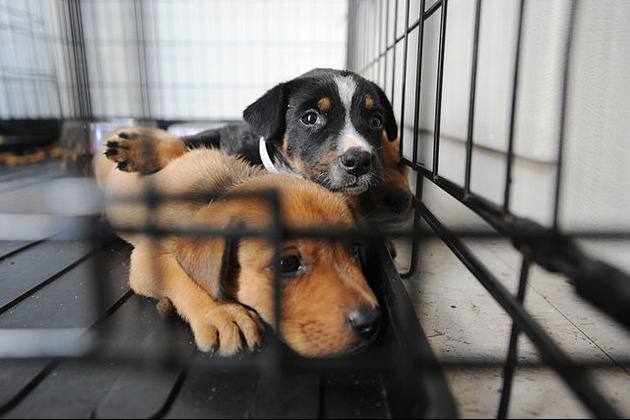Move FM Global News

Pets fill LA shelters as owners detained in immigration raids
Aug 7, 2025LANCASTER/DOWNEY, California: As immigration raids intensify across Los Angeles County, local animal shelters are dealing with an unexpected consequence: pets abandoned or left behind when their owners are detained or deported.
Since June 10, Los Angeles County has taken in 28 pets—including 22 dogs—after their owners were swept up in immigration enforcement operations under the Trump administration. So far, 11 dogs and two cats have been adopted.
In the Downey shelter, animals arrive in carriers, boxes, or even plastic bins before being placed in cages. The atmosphere quickly becomes noisy, filled with the barking of anxious dogs and meowing cats.
“The animals have become sort of a victim in this situation because, to no fault of their own, they’re finding themselves in the care centers,” said Christopher Valles, public information officer for the Los Angeles County Department of Animal Care and Control.
To support these displaced pets, the county provides health checks and grooming as needed while they await adoption or foster care.
“This is something that we have never seen before,” said Valles. “So the only approach that we changed on how we operate when it comes to the deportation operations in our region is how we can better assist the community.”
As the raids continue, county officials are urging families who fear they may be detained to make a plan for their pets in advance.
“If they think that they’re gonna be in a situation where they may self-deport or be deported or detained, whatever it may be: Get that plan in place so that your animal can be cared for by a close friend or a family member,” Valles said.
That planning could include writing a short biography of the pet, identifying potential caretakers, and preparing a handoff plan with neighbors or relatives.
“During these challenging times, with the deportation operations that are going on, we are monitoring it closely, but have a plan,” Valles added. “Create a bio for your dog, reach out to your neighbor, your family, who can be an alternative to surrendering your pet at the care center.”
The goal, Valles emphasized, is to avoid placing animals in shelters altogether. “If we can keep that animal with the owner or with the family or out of the care center, that’s our goal.”


